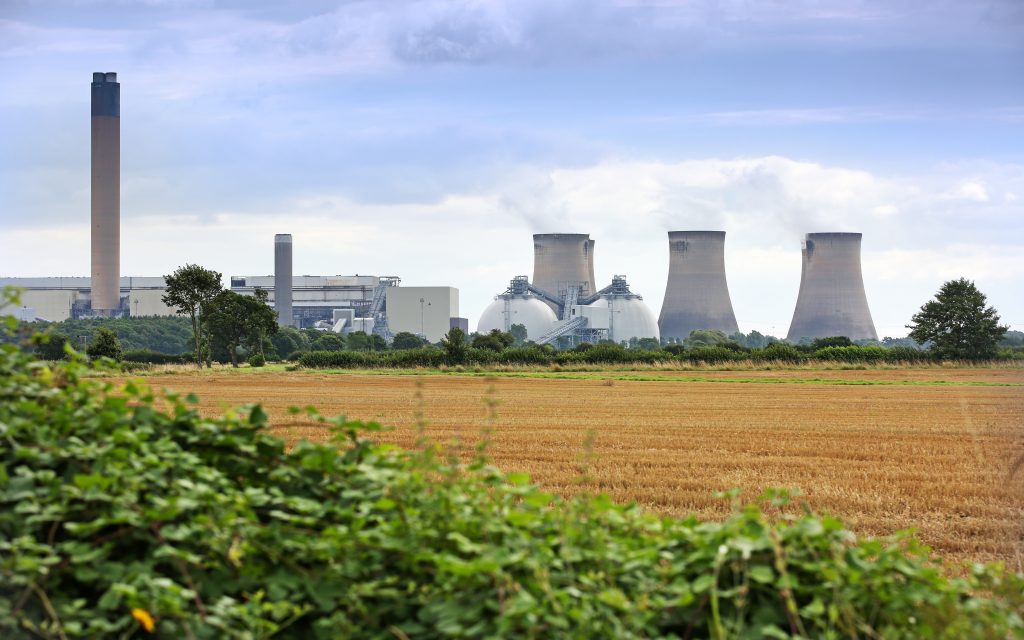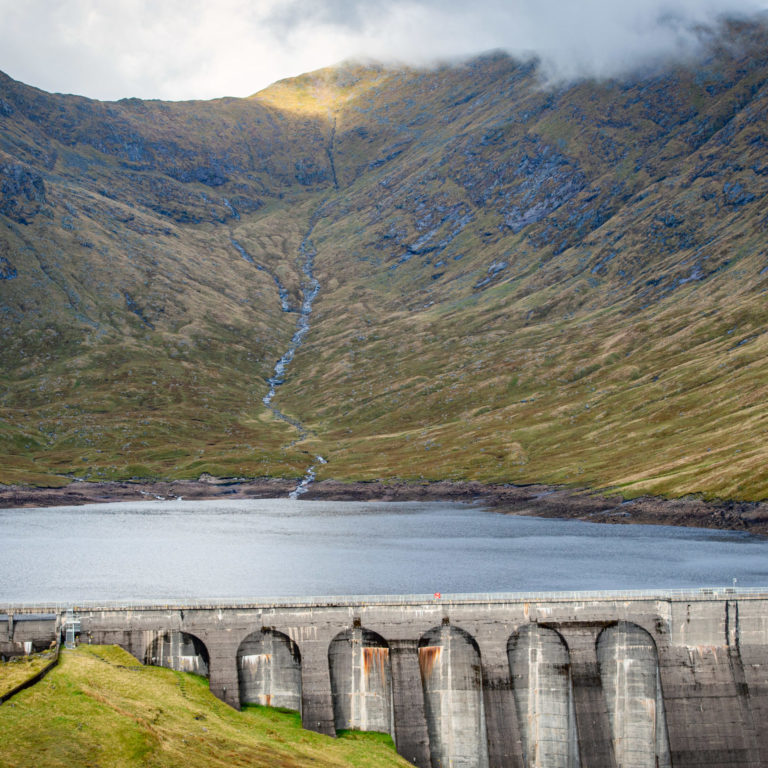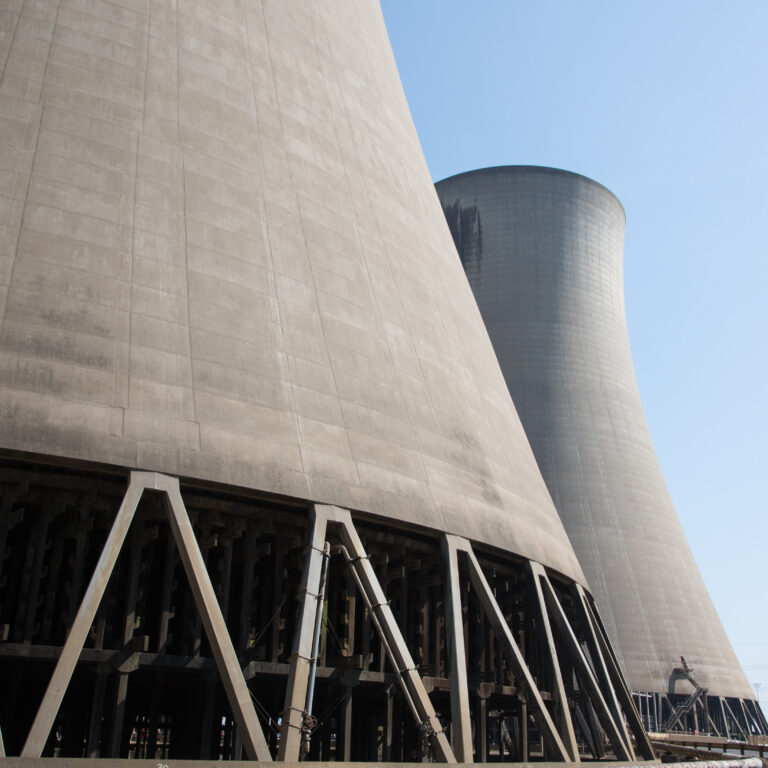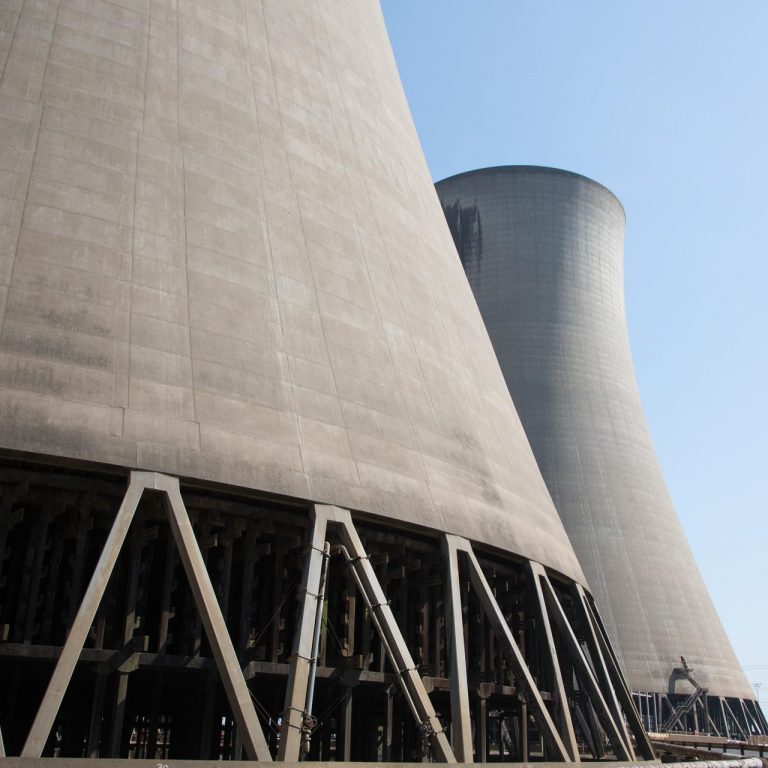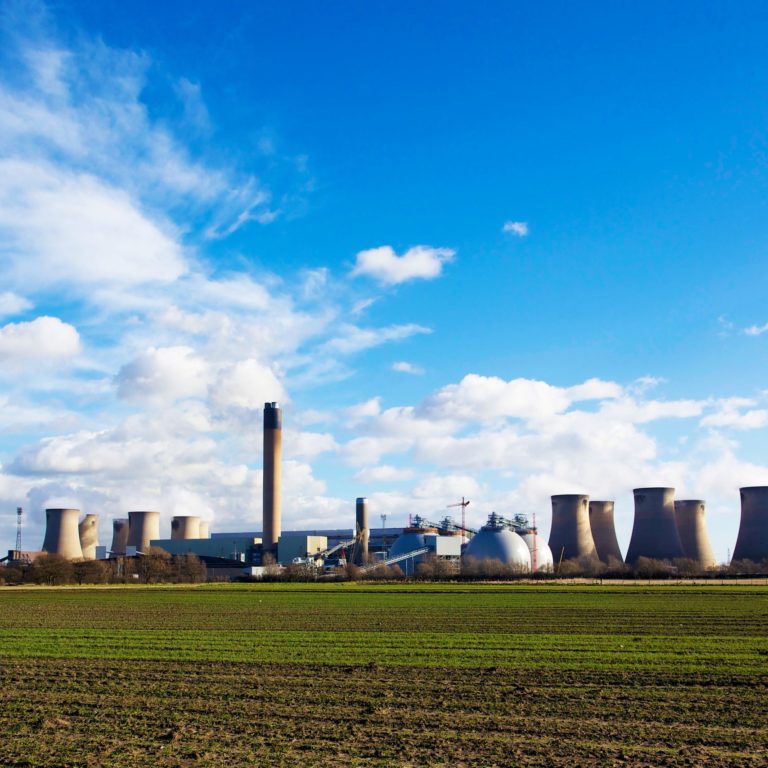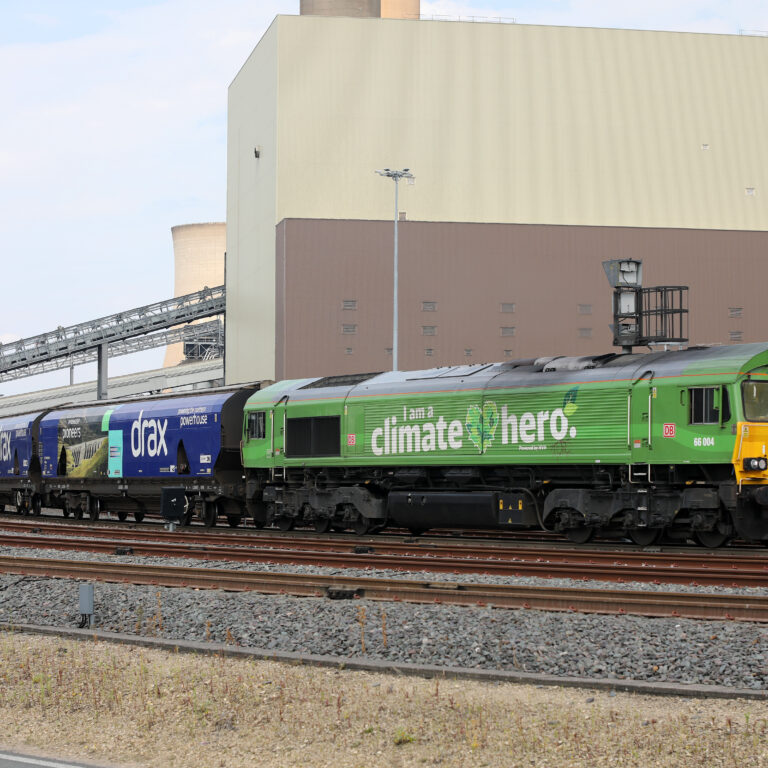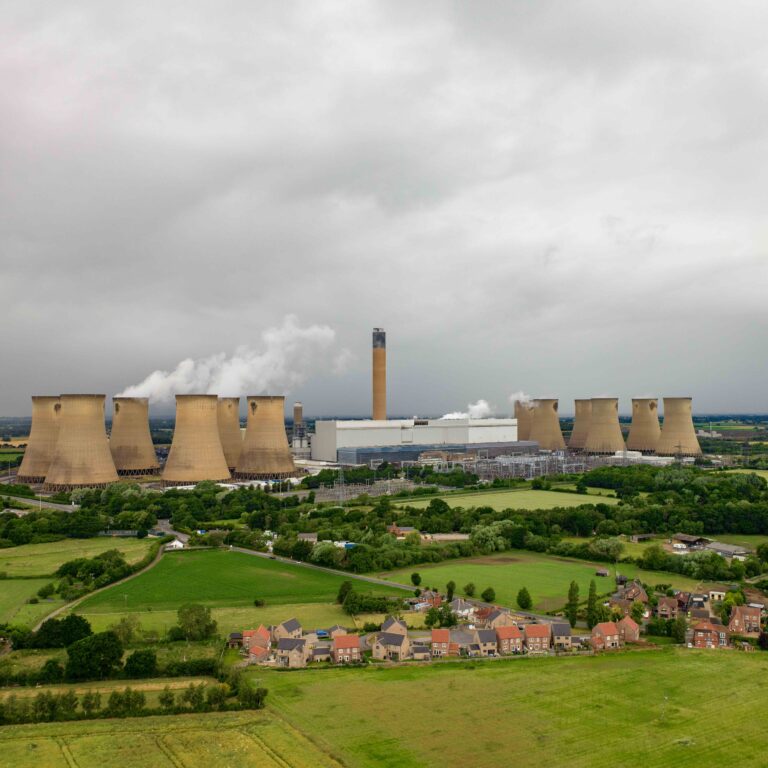- Once the biggest coal fired power station in Western Europe, Drax has now slashed its CO2 emissions from power generation by over 90 percent since 2012, radically transforming the company and securing its place as one of Europe’s lowest carbon utilities.
- Using sustainable biomass and hydro, in the first half of 2021 Drax became a purely renewable power generator, producing 12% of the UK’s renewable electricity – enough to power over 5 million homes and support the deployment of intermittent renewables such as wind and solar.
- And by deploying bioenergy with carbon capture and storage (BECCS) at the power station, Drax is set to go even further – generating the negative emissions needed to meet the UK’s net zero climate target while delivering jobs and clean growth in the North.
British renewable energy company Drax Group has cut the carbon emissions from its power generation by over 90 per cent in under a decade, becoming one of Europe’s lowest carbon intensity power generators and moving it closer to achieving its world-leading ambition to be carbon negative by 2030.
Formerly the largest coal power station in Western Europe, Drax has this year ended commercial coal generation, sold its existing gas assets and transformed itself into one of the region’s primary decarbonisers – it is now a purely renewable power generator.
Drax has also made significant progress in the first half of 2021 with plans to deploy the world’s largest carbon capture project by fitting critical negative emissions technology BECCS at the power plant in North Yorkshire.
Deploying BECCS at Drax could enable the renewable energy company to make an even greater contribution to carbon reductions in the coming decade, while creating jobs and supporting the UK’s green transition.
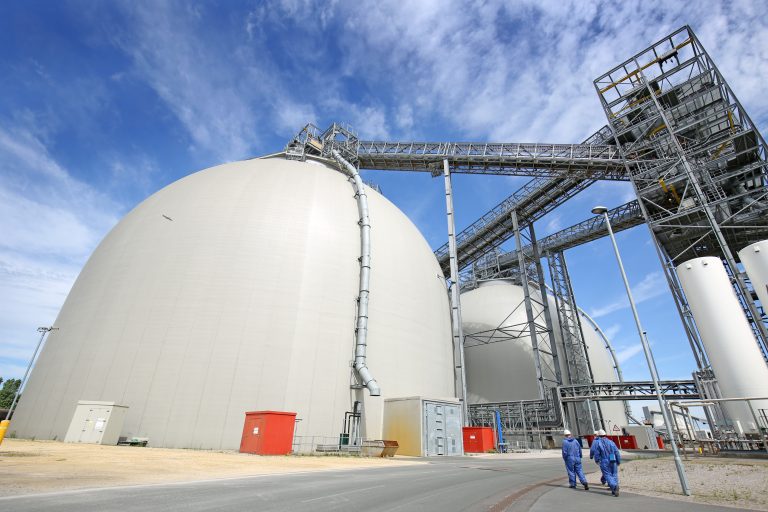
Engineers walking in front of sustainable biomass wood pellet storage dome at Drax Power Station, June 2021 [view/download for print or digital]
Drax Group CEO, Will Gardiner, said:
“Cutting Drax’s carbon emissions by more than 90% in under a decade is a unique achievement and is transformational – both for our business and the environment.
“Replacing fossil fuels with clean power from renewables like sustainable biomass and hydro has enabled the UK’s electricity system to decarbonise faster than any other major economy, but industry needs to go further than just reducing emissions — to permanently removing the CO2 in the atmosphere if the UK is to achieve its ambitious climate targets.
“By deploying BECCS, Drax will be leading the way in permanently removing millions of tonnes of CO2 while generating renewable power and supporting clean growth and thousands of jobs in the 2020s.
“BECCS is the only technology available now which can deliver the negative emissions the world needs to meet the climate commitments set out in Paris in 2015, whilst also generating the reliable renewable electricity the world needs.”
In the first half of the year Drax progressed its plans for BECCS – selecting Mitsubishi Heavy Industries (MHI) as its technology partner and kickstarting the planning process to develop BECCS at Drax this decade.
It also started to explore overseas opportunities for BECCS with Bechtel, including in North America, and next generation BECCS technologies with Phoenix BioPower, creating further potential opportunities for the UK to export a critical technology that will be needed around the world.
Subject to the right government support, the first BECCS unit at Drax Power Station could be operational in 2027 with a second in 2030, permanently removing at least 8 million tonnes of CO2 from the atmosphere each year.
It would be the world’s largest carbon capture power project, delivering a significant proportion of the negative emissions the UK needs to meet its climate targets.
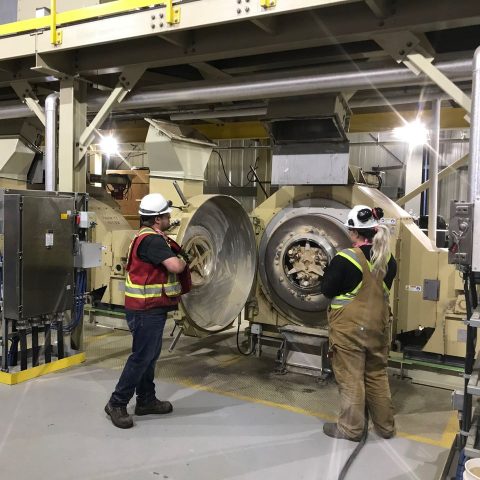
Pinnacle’s Lavington, British Columbia wood pellet plant [click to view/download]
Drax is now the world’s leading integrated sustainable biomass generation and supply business, with access to global markets from Europe to the Far East.
ENDS
Media contacts:
Selina Williams
Media Manager
E: [email protected]
T: 07912 230 393
Aidan Kerr
Media Manager
E: [email protected]
T: 07849 090 368
Editor’s Notes
- Graphs showing Drax carbon intensity per unit of electricity generated compared to other European power generators’ carbon intensity.
- In 2012 Drax used around 10 million tonnes of coal a year to produce enough electricity to keep the lights on for around 6 million households.
- In the first half of 2021, Drax Power Station generated 7.6TWh of renewable power from sustainable biomass, enough to supply over 5 million households.
- Drax announced a good operational and financial performance in its H1 2021 results published today.
- Drax sold its gas power stations to VPI in February 2021
- Drax stopped using its coal units for commercial power generation in March 2021 and they will close completely in September 2022 when its existing capacity market agreements come to end.
- The acquisition of Pinnacle Renewable Energy Inc completed in April
- Drax kickstarted the planning process to develop BECCS at Drax in March and announced MHI would be providing the technology required for BECCS at Drax in June
- For international BECCS, Drax is working with Bechtel to explore options for new build projects globally while also studying more efficient next generation BECCS technologies with Phoenix BioPower.
- A recent report from McKinsey for the Coalition for Negative Emissions showed that at least 1 Gigatonne a year of negative emissions from BECCS is needed globally by 2025 to keep global warming within the Paris Agreement target of 1.5 degrees Celsius.
- Main photo caption: Drax Power Station, North Yorkshire [click to view/download for print or digital]
About Drax
Drax Group’s purpose is to enable a zero carbon, lower cost energy future and in 2019 announced a world-leading ambition to be carbon negative by 2030, using Bioenergy with Carbon Capture and Storage (BECCS) technology.
Its 3,400 employees operate across three principal areas of activity – electricity generation, electricity sales to business customers and compressed wood pellet production and supply to third parties.
Power generation:
Drax owns and operates a portfolio of renewable electricity generation assets in England and Scotland. The assets include the UK’s largest power station, based at Selby, North Yorkshire, which supplies five percent of the country’s electricity needs.
Having converted Drax Power Station to use sustainable biomass instead of coal it has become the UK’s biggest renewable power generator and the largest decarbonisation project in Europe. It is also where Drax is piloting the groundbreaking negative emissions technology BECCS within its CCUS (Carbon Capture Utilisation and Storage) Incubation Area.
Its pumped storage, hydro and energy from waste assets in Scotland include Cruachan Power Station – a flexible pumped storage facility within the hollowed-out mountain Ben Cruachan.
Pellet production and supply:
Drax owns and has interests in 17 pellet mills in the US South and Western Canada which have the capacity to manufacture 4.9 million tonnes of compressed wood pellets (biomass) a year. The pellets are produced using materials sourced from sustainably managed working forests and are supplied to third party customers in Europe and Asia for the generation of renewable power.
Drax’s pellet mills supply around 20% of the biomass used at its own power station in North Yorkshire, England to generate flexible, renewable power for the UK’s homes and businesses.
Customers:
Through its two B2B energy supply brands, Haven Power and Opus Energy, Drax supplies energy to 250,000 businesses across Britain.
For more information visit www.drax.com








